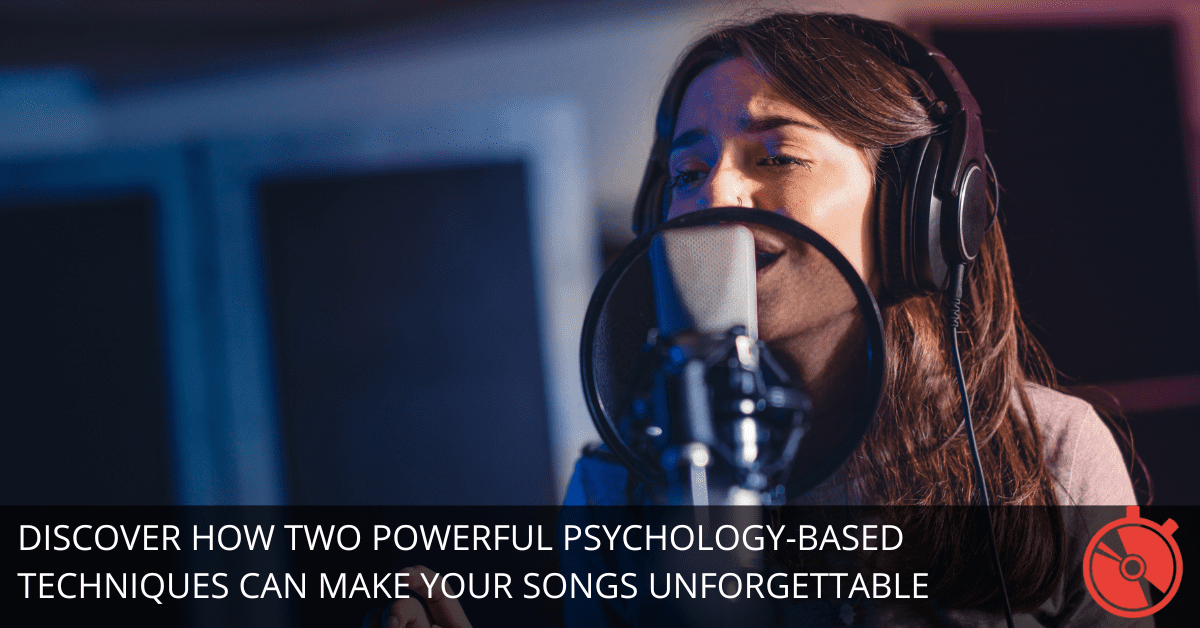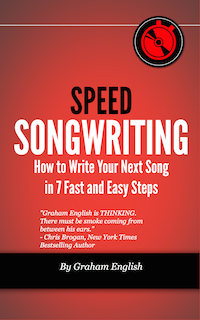
When you think about unforgettable songs, it’s the emotion that grips you.
Whether it’s joy, heartbreak, or anger, these songs make listeners feel. But there’s more to evoking emotion than just writing “sad lyrics” or “happy lyrics.” Great songwriters know how to tap into psychology to make those emotions resonate.
Today, we’ll explore two practical ways to harness the psychology of emotion in songwriting. Each tip includes actionable steps, examples, and ideas you can put to work immediately.
1. Use Sensory Details to Bring Emotions to Life
Emotion isn’t just a mental state—it’s a physical experience. When someone feels anxious, they might feel tightness in their chest. When someone feels happy, they might laugh, hug a friend, or feel their heart race. Tapping into these physical and sensory experiences in your lyrics helps listeners relate on a gut level.
Here’s How to Do It:
Replace abstract words with sensory details that paint a picture of the emotion. Instead of writing, “I was happy,” describe what that happiness looked and felt like.
For example, instead of:
"I was happy all day."
Try something like:
"I walked around with a goofy grin, my heart drumming like a bass line."
Take It Further:
- Think about specific emotions you want to convey in each line. Emotions are complex, so instead of “sad,” ask yourself if it’s more like “numb” or “heartbroken.”
- Choose sensory language that reflects that emotion. Words like “clenched,” “thumping,” “warm,” or “cold” work well.
- Use contrasting details to make emotions sharper. If a song is about regret, mix “warm memories” with the “cold, quiet night” that now surrounds the character.
Getting specific with sensory language helps listeners experience the song in a more personal, memorable way. It’s like turning an emotional feeling into a full-on scene.
2. Build Emotional Tension with “Push-Pull” Dynamics
Emotionally gripping songs often work like a game of emotional tug-of-war. One moment, you’re pulling in with tension, and the next, you release it. This push-pull dynamic keeps listeners hooked because their brains crave resolution—and the tension keeps them hanging on until they get it.
This strategy is rooted in psychology; our brains find satisfaction in patterns, but only after a period of tension. Playing with tension in your lyrics, melody, and rhythm can create that sense of buildup and release, making your song irresistible.
Try It Like This:
Create tension in your verses by hinting at an unresolved feeling or question, then offer a release in the chorus.
Here’s a concrete example:
- Verse (Tension): Describe a memory filled with regret—“I left her standing in the rain, headlights fading.”
- Pre-Chorus (Build): Make the regret more vivid with sensory images—“Cold raindrops on my hands, the engine’s hum growing quieter.”
- Chorus (Release): Offer an emotional resolution—“I’d give up these open roads, just to take her home.”
Tension in Melody and Rhythm:
Push-pull dynamics work in your melody and rhythm, too. Try these techniques:
- Start with minimal rhythm in the verse, then add more beats in the chorus for a feeling of release.
- Use lower, unresolved notes in the verse, then rise to a high, open note in the chorus. This feels like an emotional release.
Practical Steps to Apply Push-Pull in Your Songwriting:
- Identify a core emotion for your song (e.g., regret, hope, or longing).
- Use unresolved imagery in your verse to hint at tension or lack of closure.
- Resolve the tension with a clear, emotive line in the chorus. Instead of “I miss you,” try “I’d trade all these miles just to see you.”
The key here is to make sure that the verse and chorus work as emotional opposites. If one pulls, the other pushes. This contrast taps into a listener’s psychology and builds an emotional arc they can feel with each lyric shift.
Final Thought: Making Emotions Stick with Specific Language
Emotionally engaging lyrics aren’t about the intensity of the words but the specificity. A listener doesn’t connect because a lyric is “so sad” or “super happy.” They connect because they can see and feel that emotion, which happens when you turn abstract feelings into sensory experiences.
Think about it: “heartbroken” is vague. But “sitting on her doorstep, fingers tracing the goodbye letter she left” gives us an image and physical feeling. This kind of language creates scenes that make songs unforgettable.
Here’s How to Get Started Right Now:
- Choose one emotion you want to convey in your next song.
- Use at least two sensory details to describe it, even if it’s as simple as “hands trembling” or “a taste of salt in the air.”
- Create a push-pull tension by using unresolved feelings in your verses and a satisfying resolution in your chorus.
With these tips, you’ll find it easier to write songs that reach your audience on an emotional and psychological level. And the best part? These techniques don’t just make songs good—they make songs unforgettable.

Enter your first name and email address below and click “GET ACCESS NOW!” to get the Speed Songwriting Cheat Sheet delivered to your inbox!
We guarantee 100% privacy. Your information will not be shared.

Leave a Reply